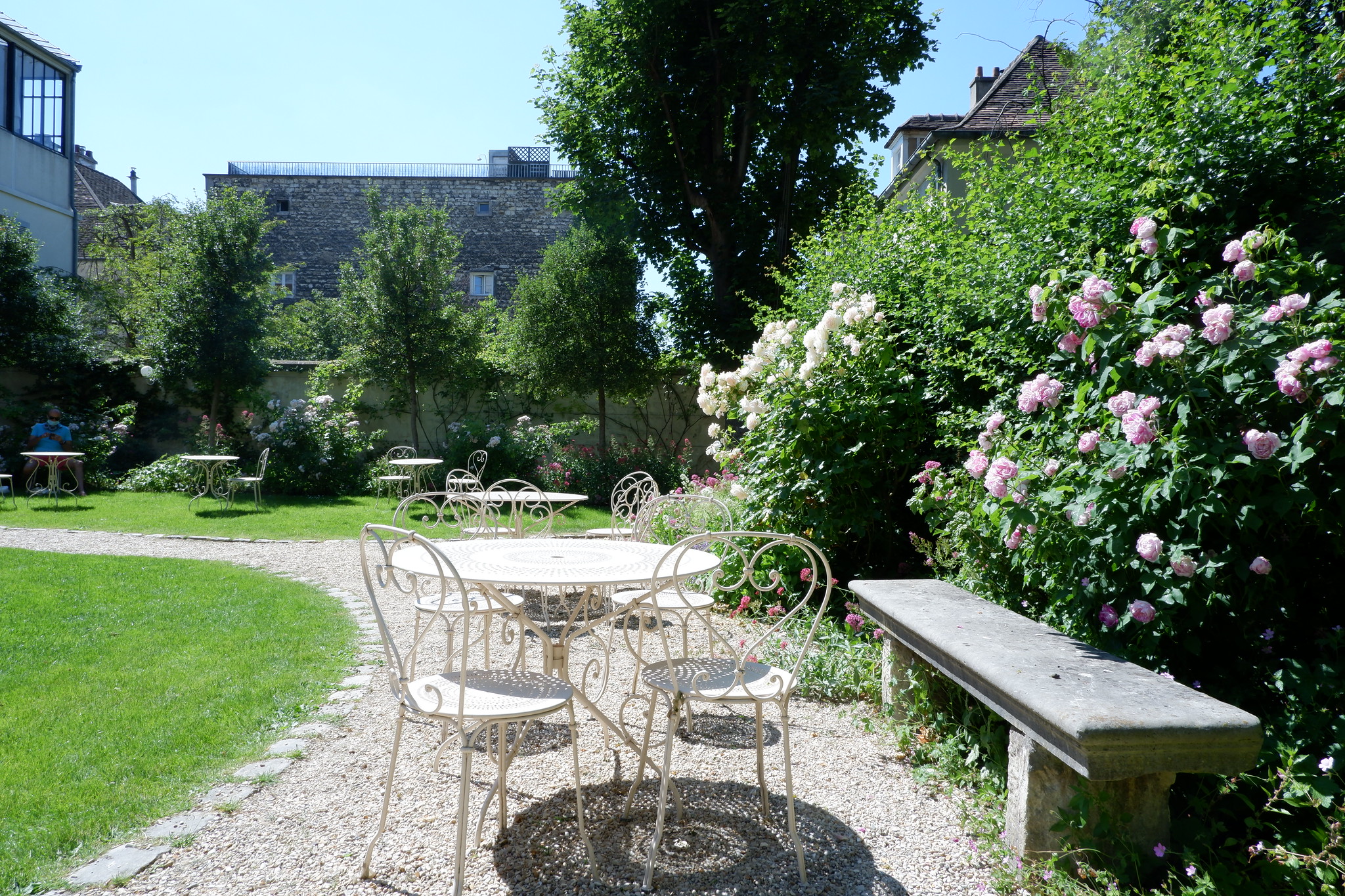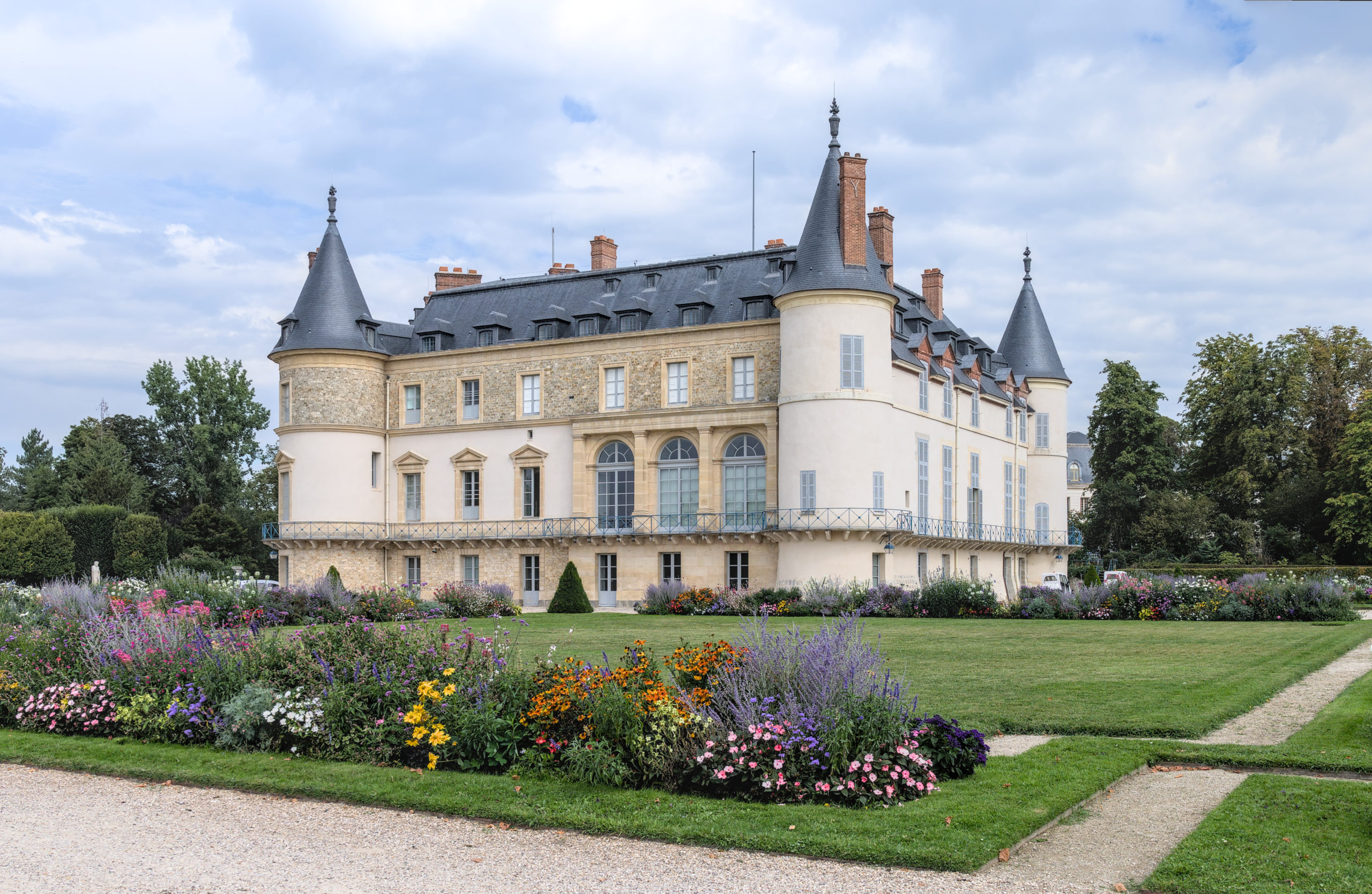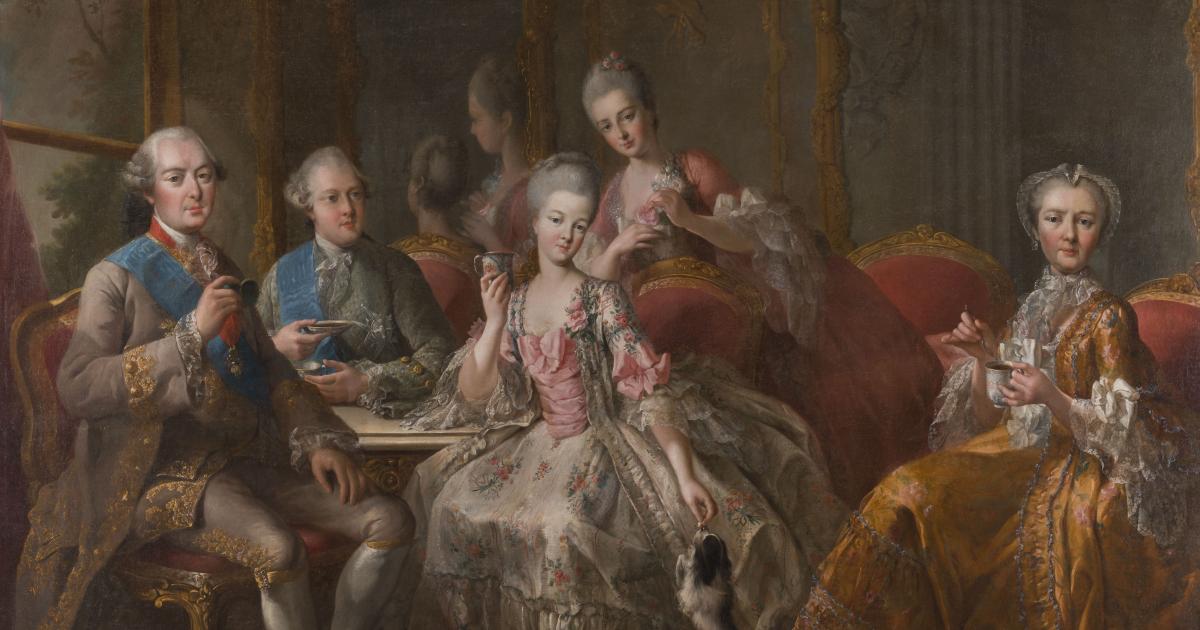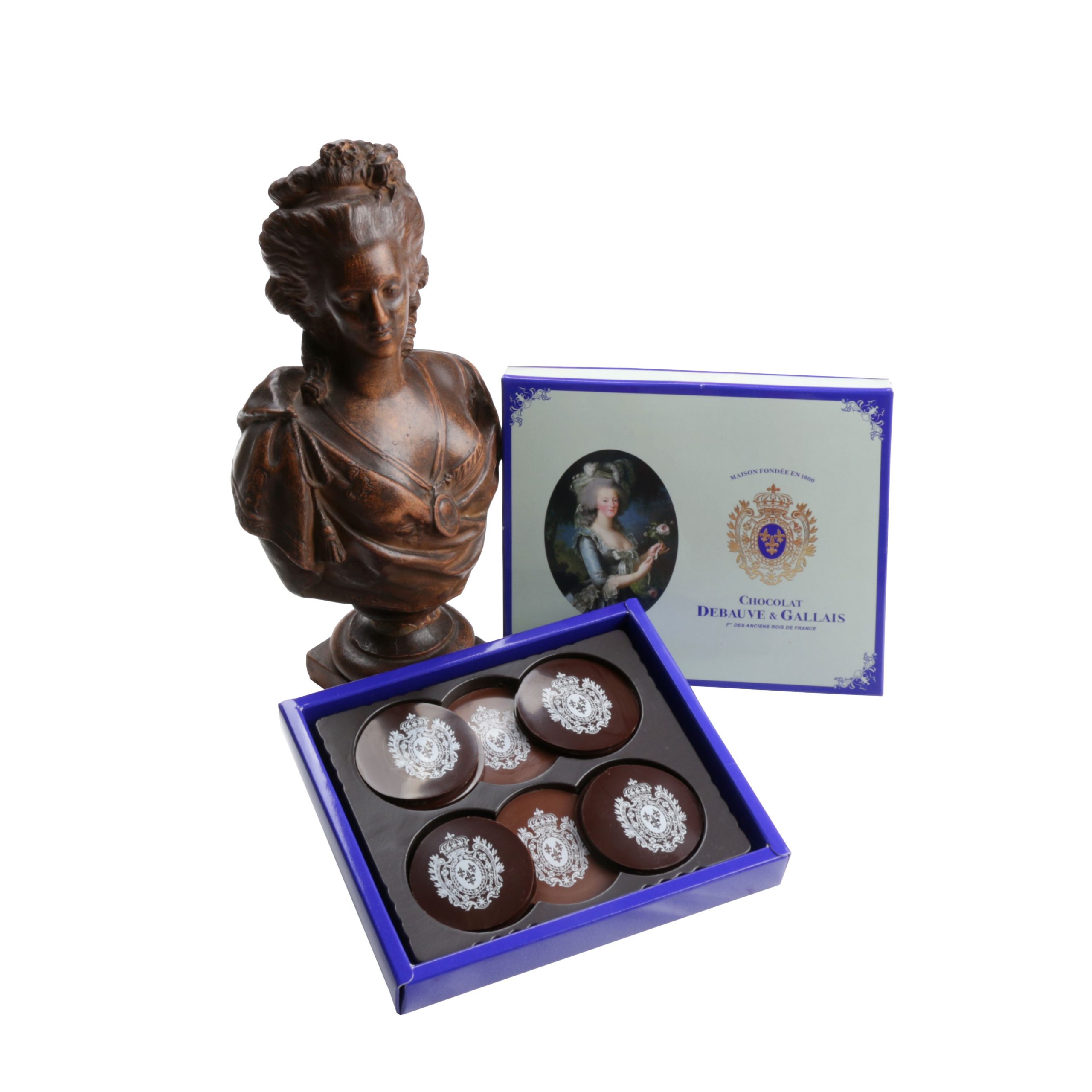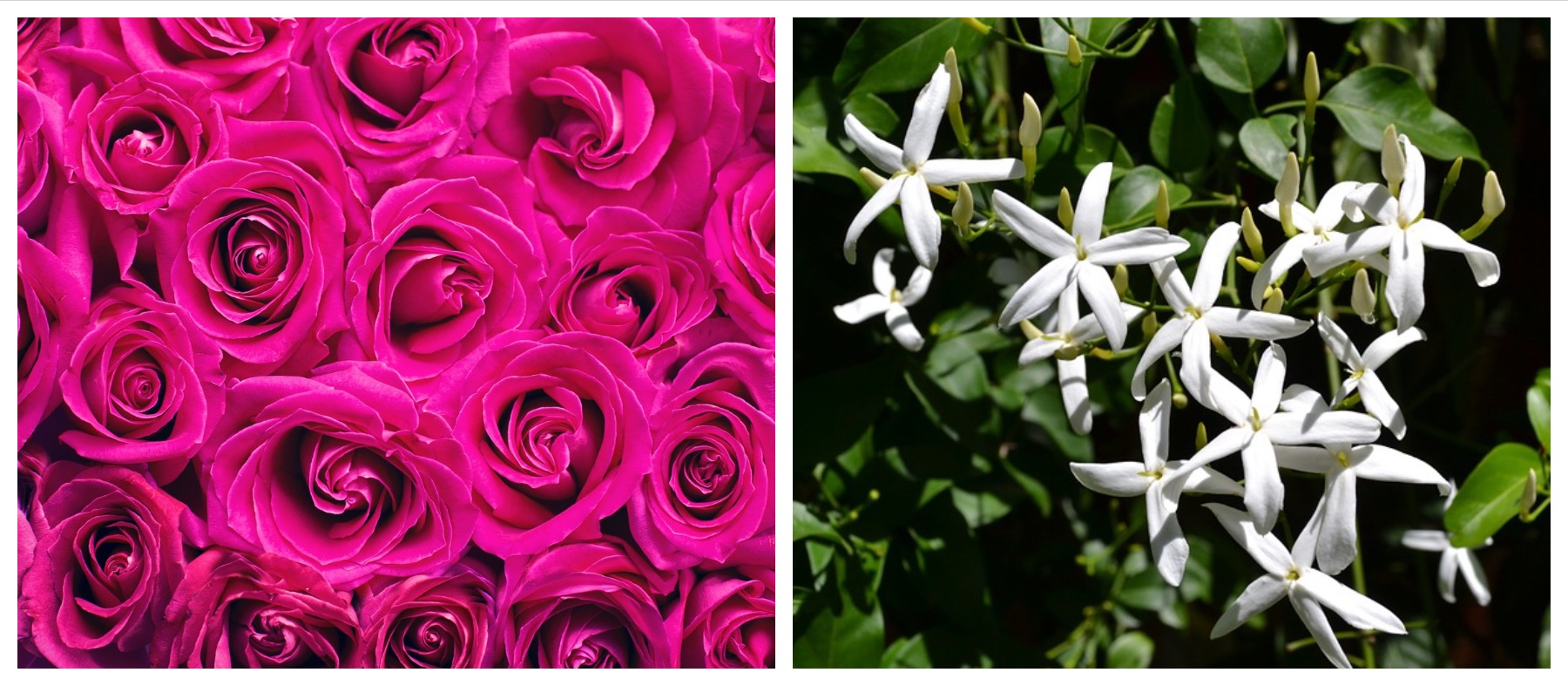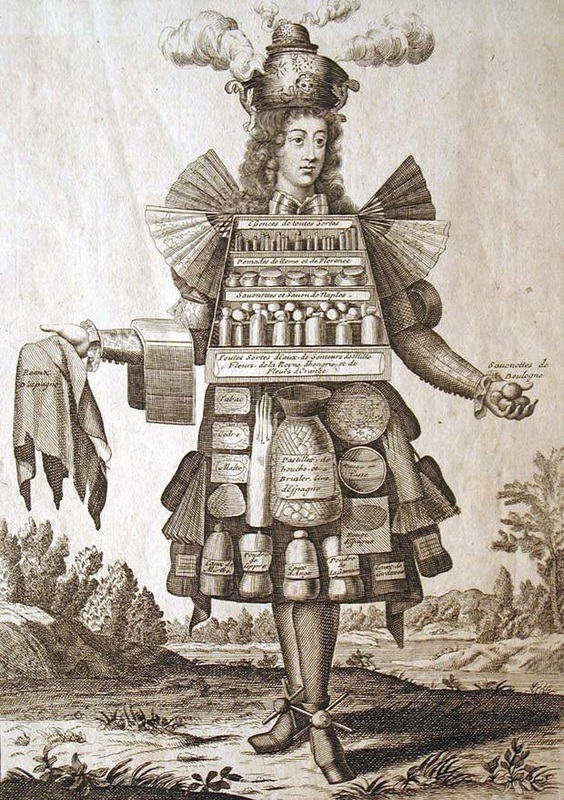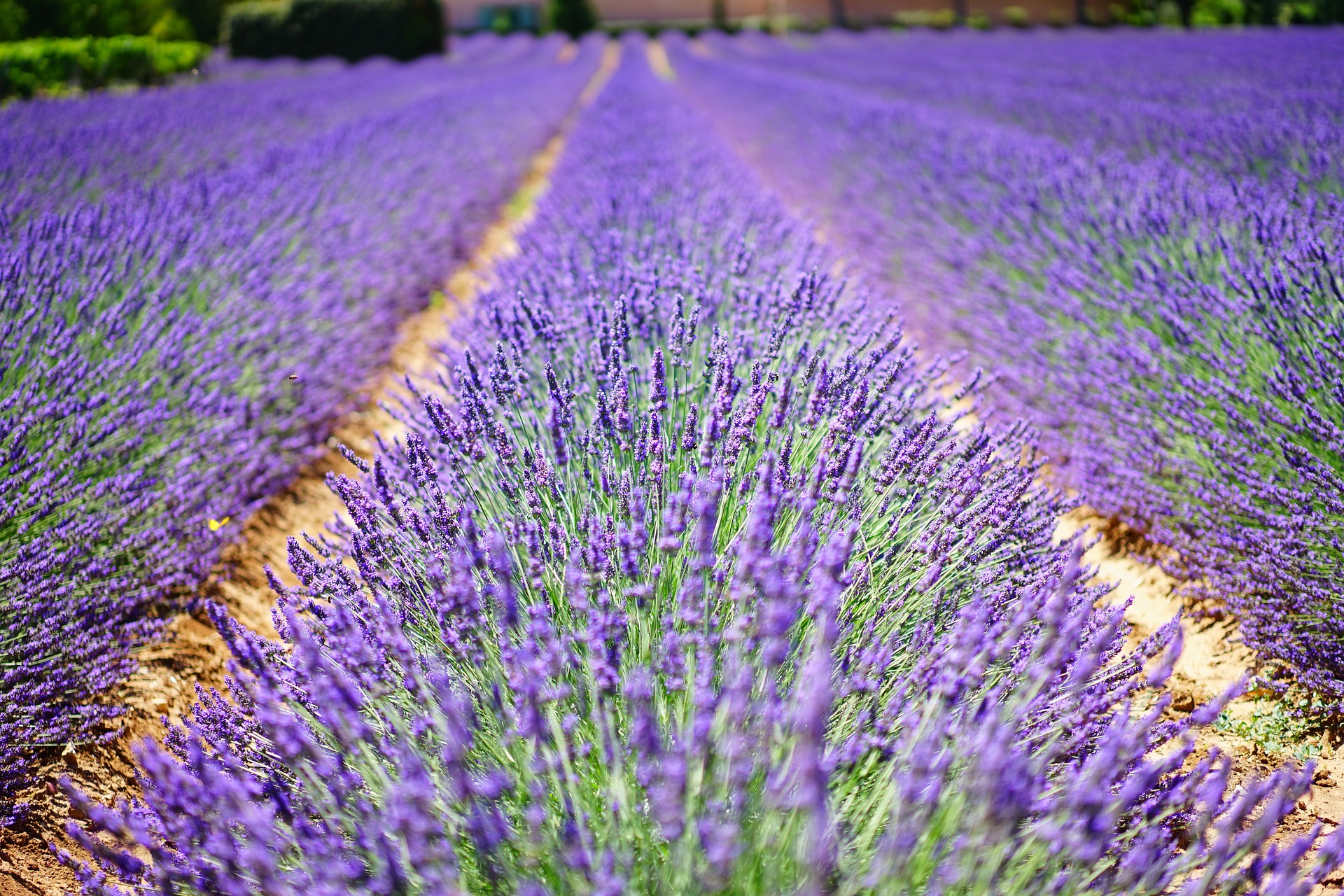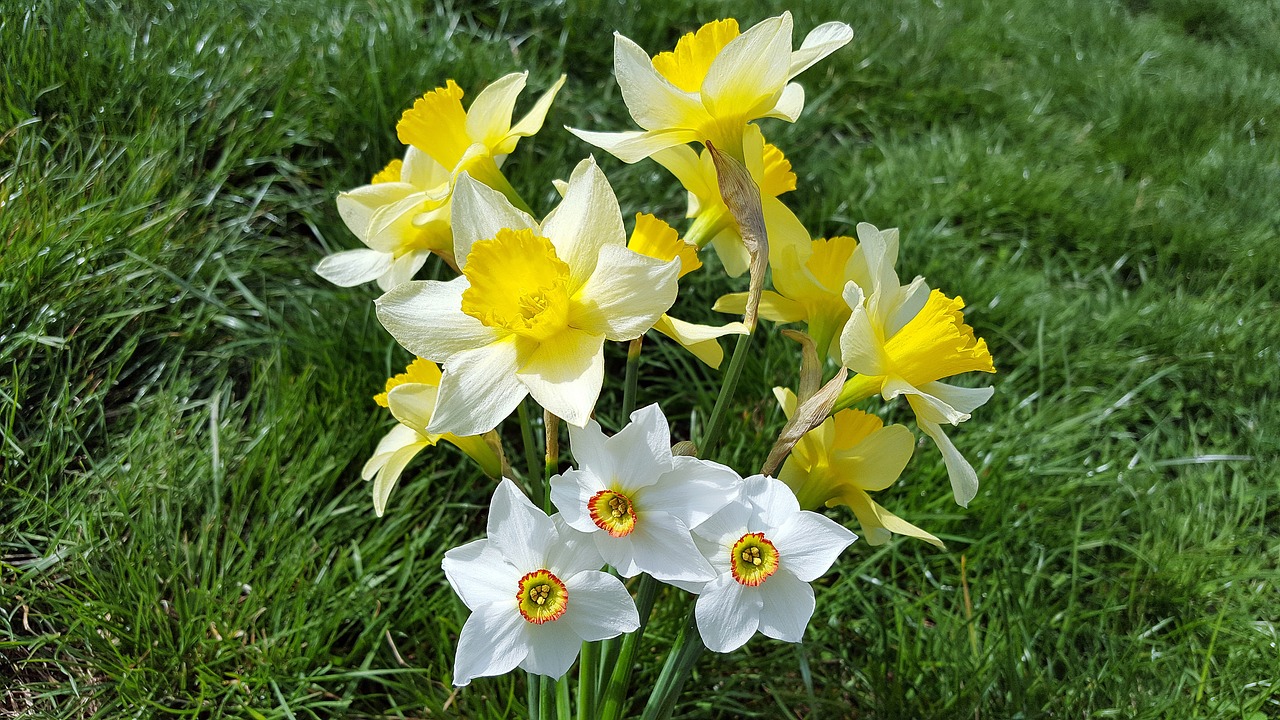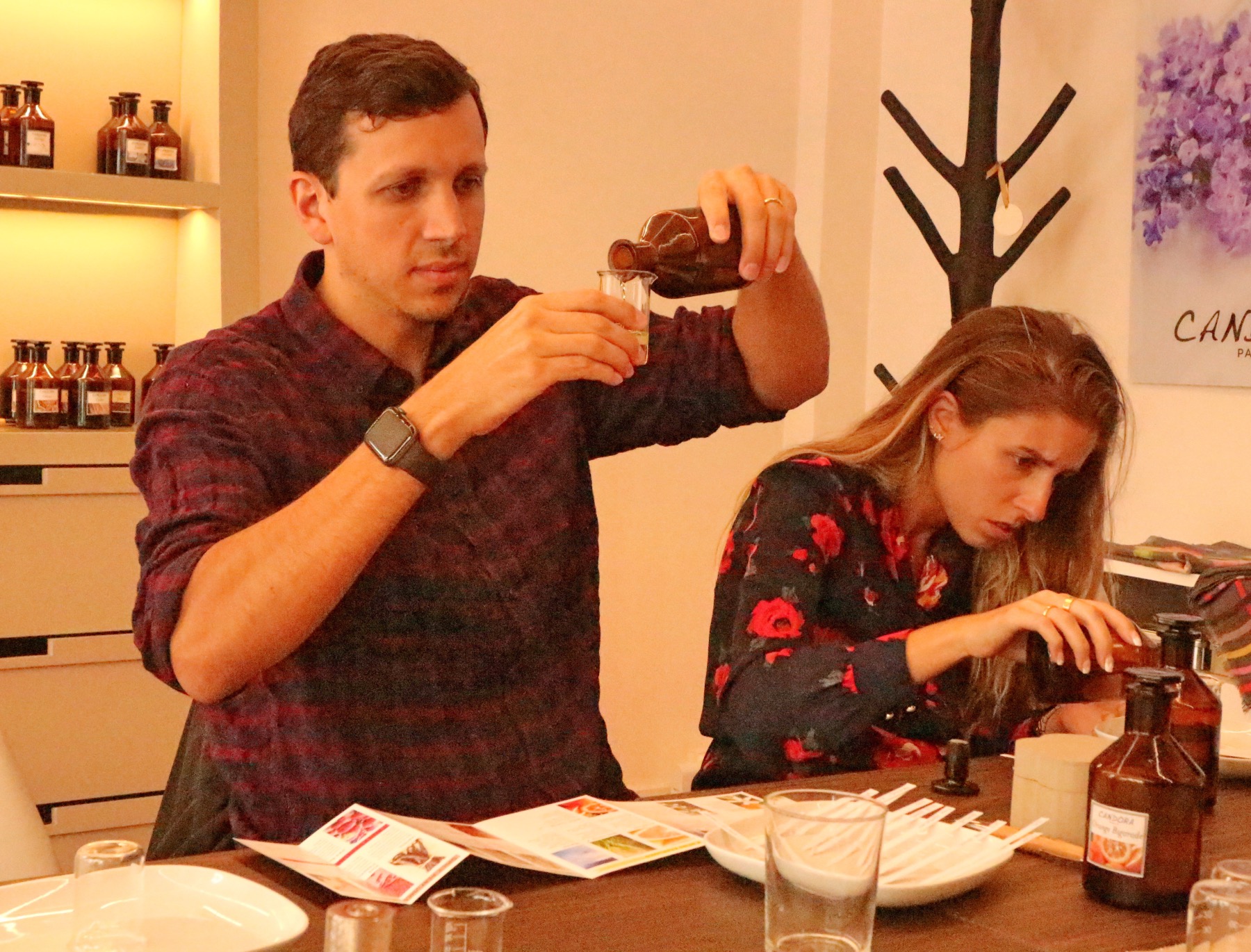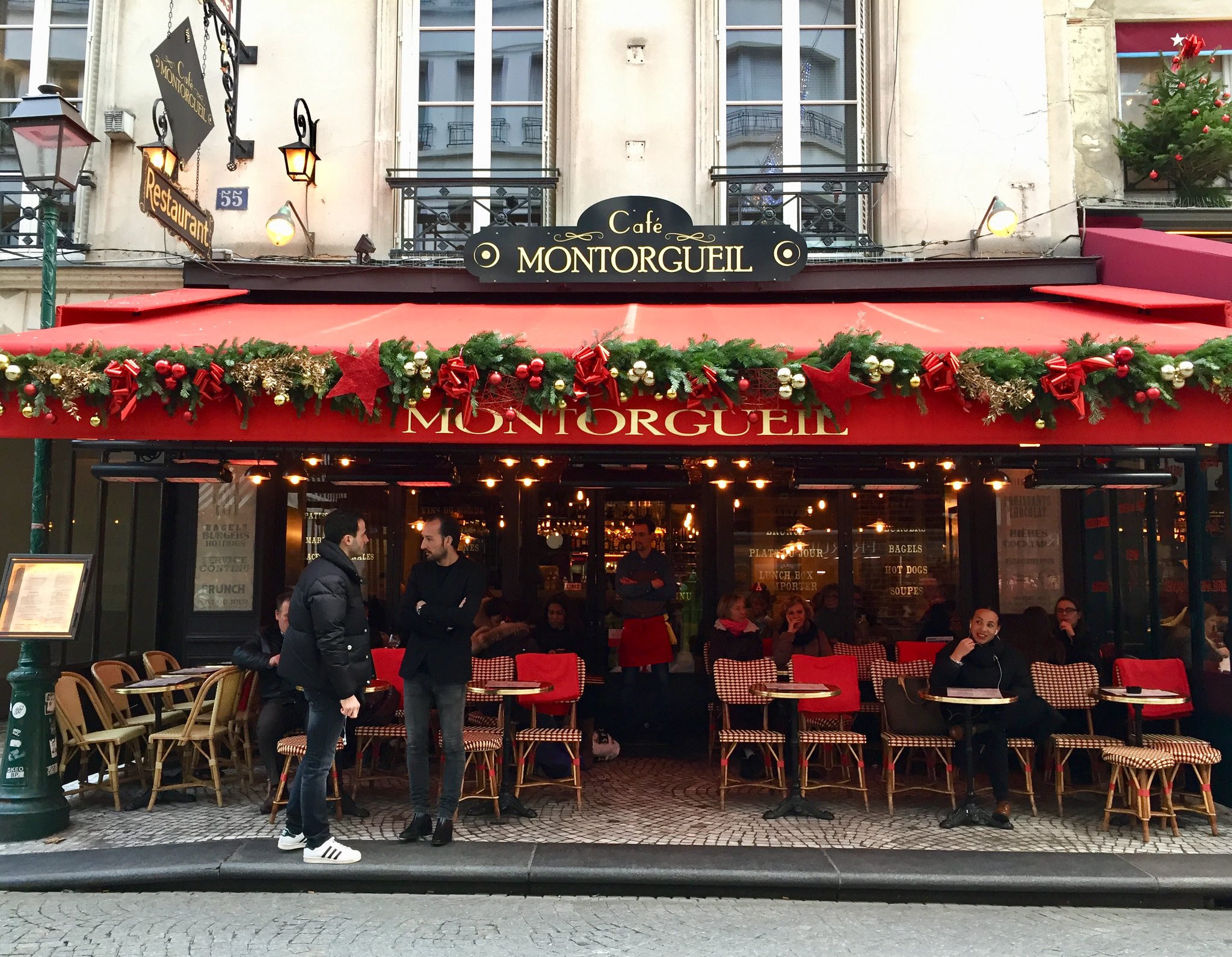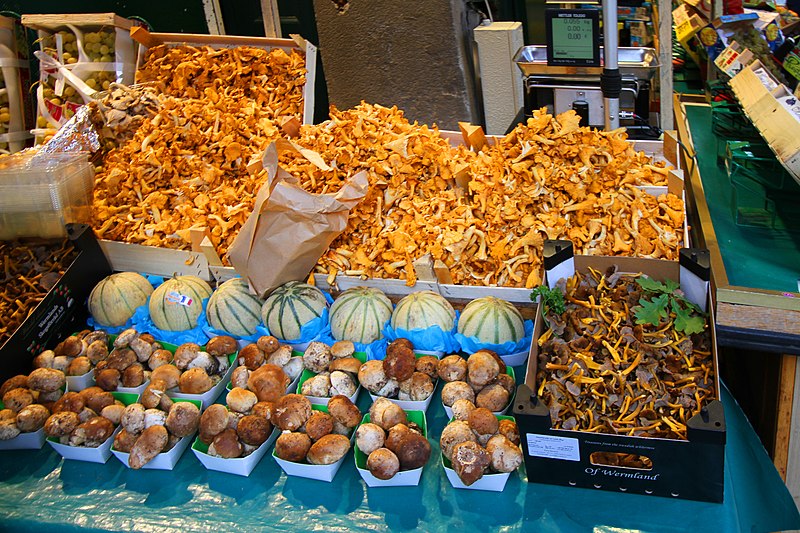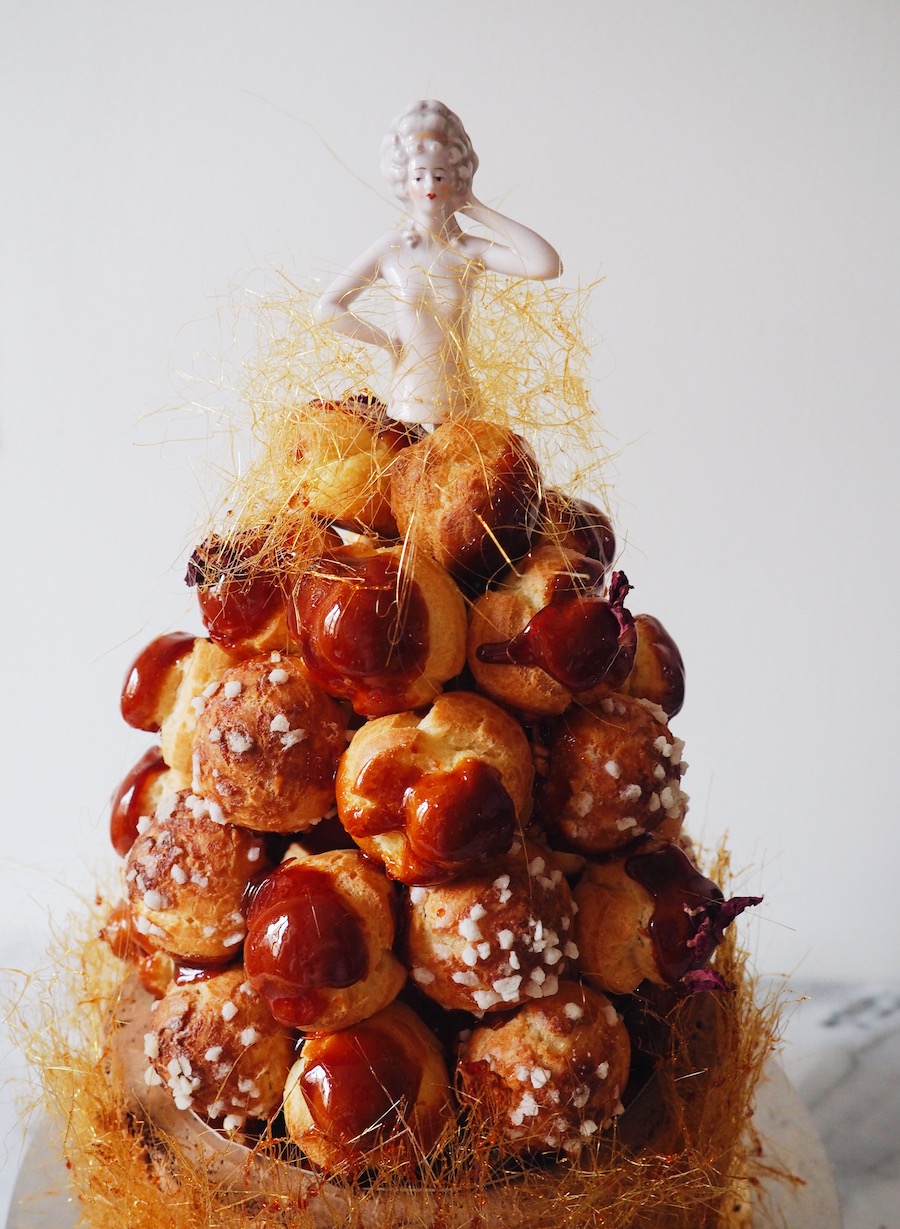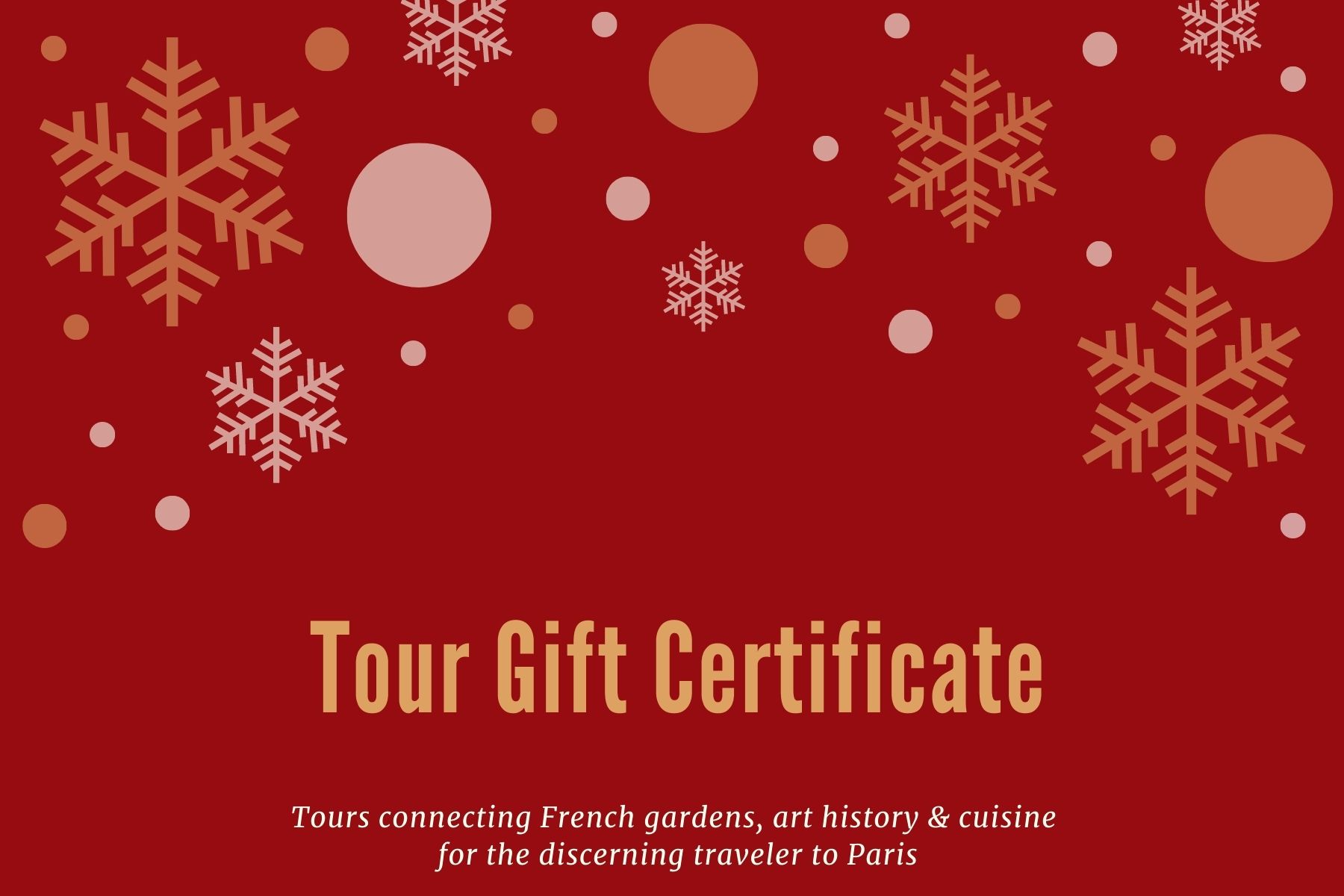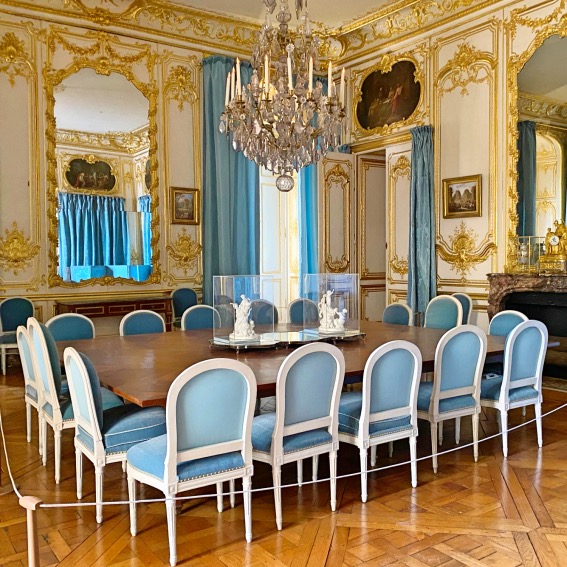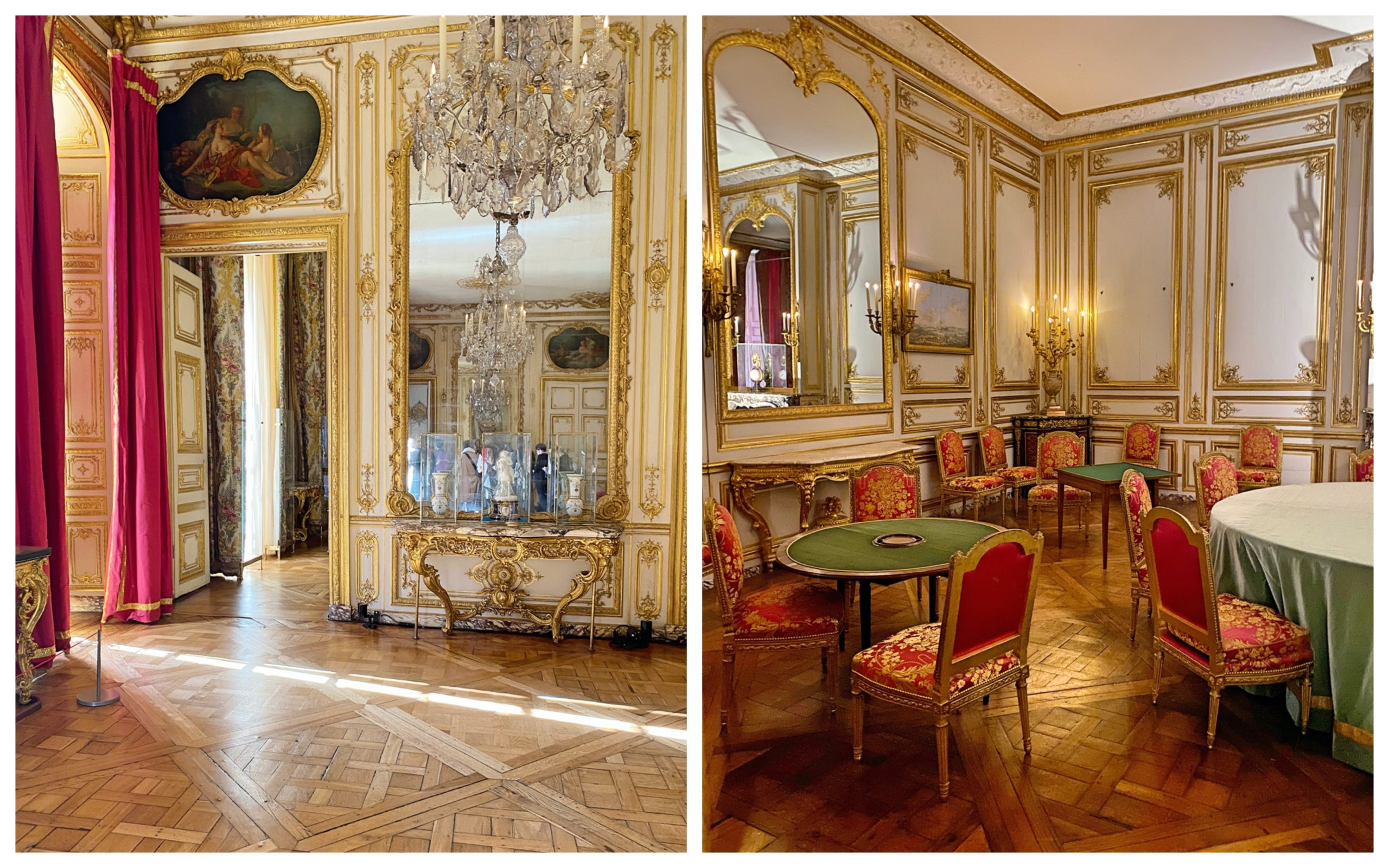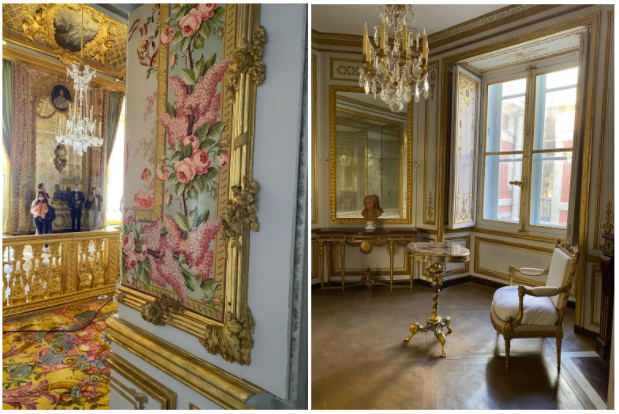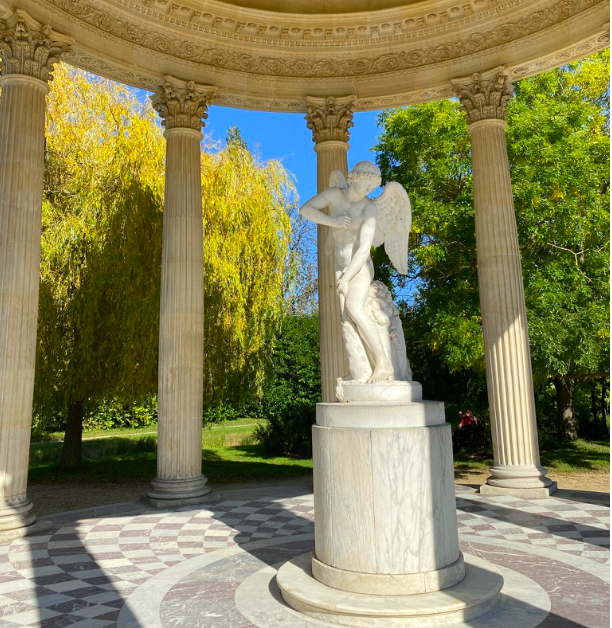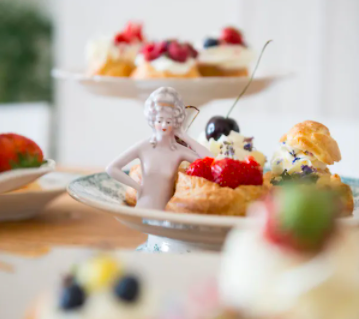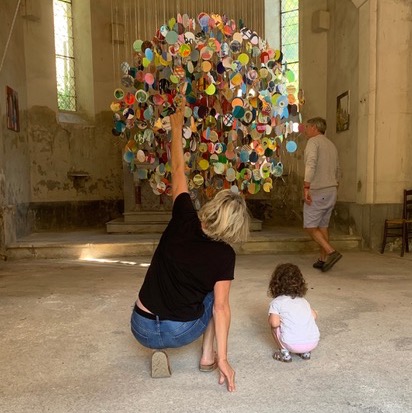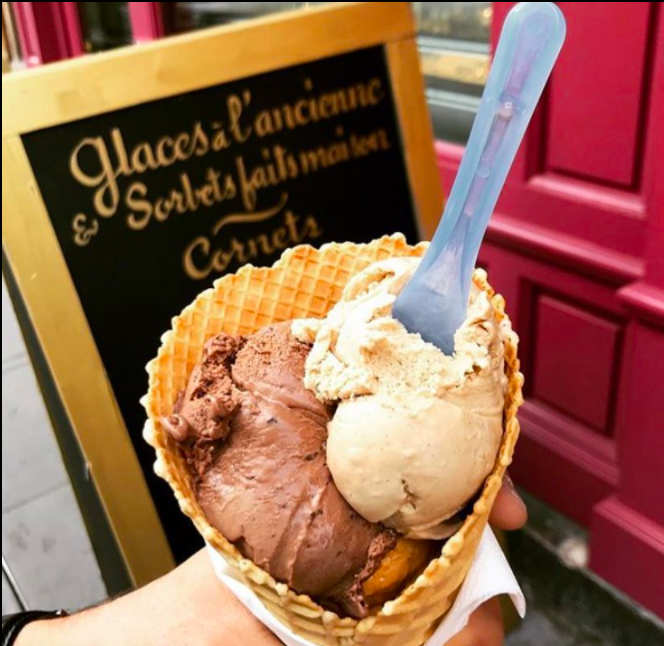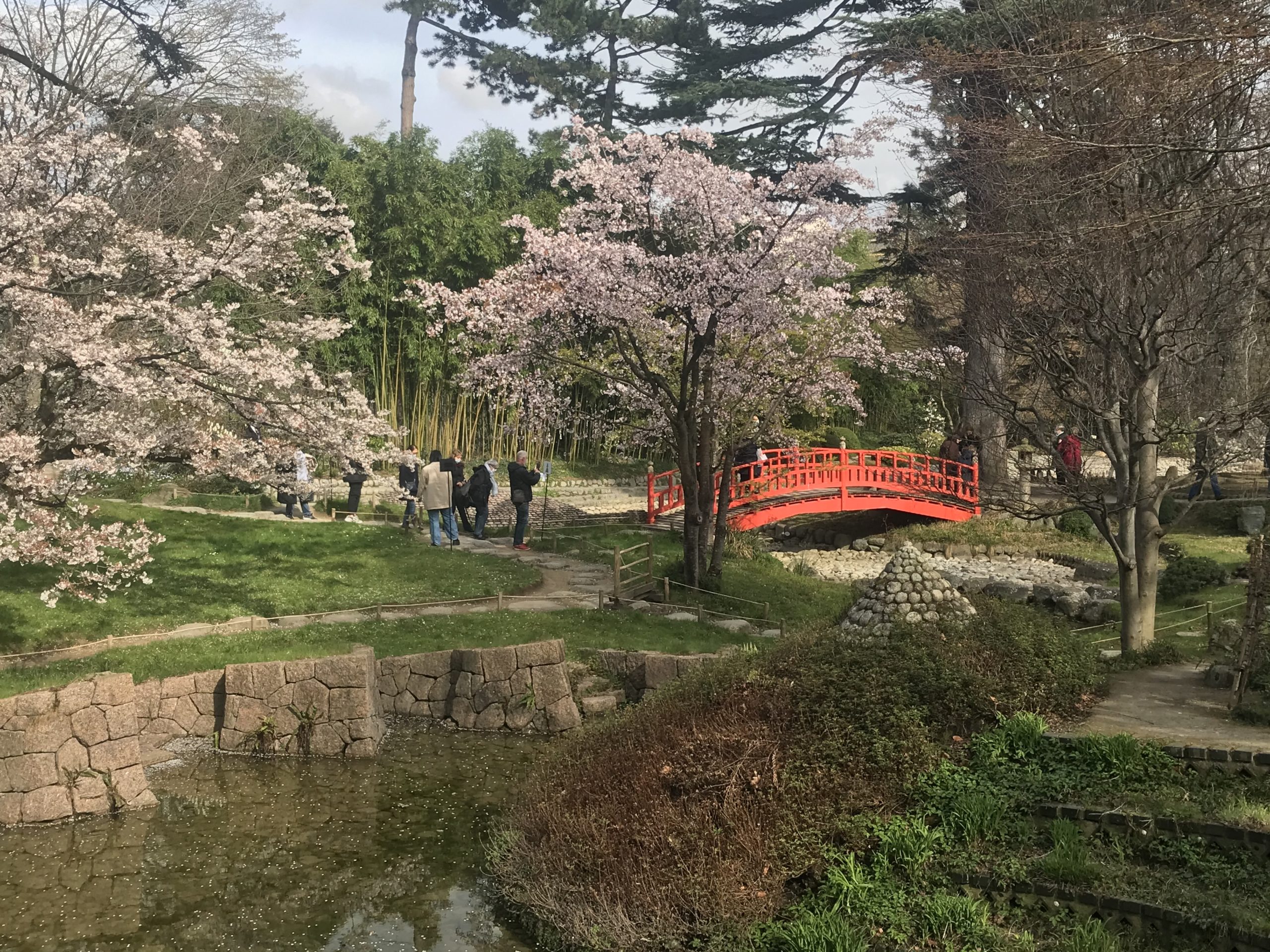Best Small Museums with Cafés and Gardens
One of the best ways to enjoy the Parisian art scene is to visit the more intimate collections housed in smaller museums in the city. Often located in historic buildings, until recently, the gardens surrounding these museums were neglected. In our post covid-world, museums have now recognized that their gardens are assets to them and to the public. Some more famous venues, like the Musée Carnavalet, the Palais Galleria and the Petit Palais, have added either ephemeral or permanent cafés where visitors can enjoy the gardens over an alfresco lunch, yet the real benefit of the renaissance for museum gardens is enjoying the flowers. Paris’s gardeners dedicate considerable time and significant expense to maintain the cities’ gardens, often cultivating plants that enchant the eye and scintillate the nose. Enliven all your senses by stopping in at our favorite café-gardens in the city.

Musée Delacroix, DRAC Ile-de-France
Musée Delacroix
Bordering the church at Saint-Germain-des-Prés and set on the historic Square Furstemberg, the apartment and studio where Eugène Delacroix lived between 1857 until 1863 is an ideal place to enjoy the calm on the Left Bank. Nestled within the buildings and facing the the Romantic artist’s studio, this secret address in Paris is where the most dedicated art lovers take the time to enjoy this sublime hidden garden dotted with blooming fruit trees, tulips and benches.
6, rue de Furstemberg, 75006 Paris
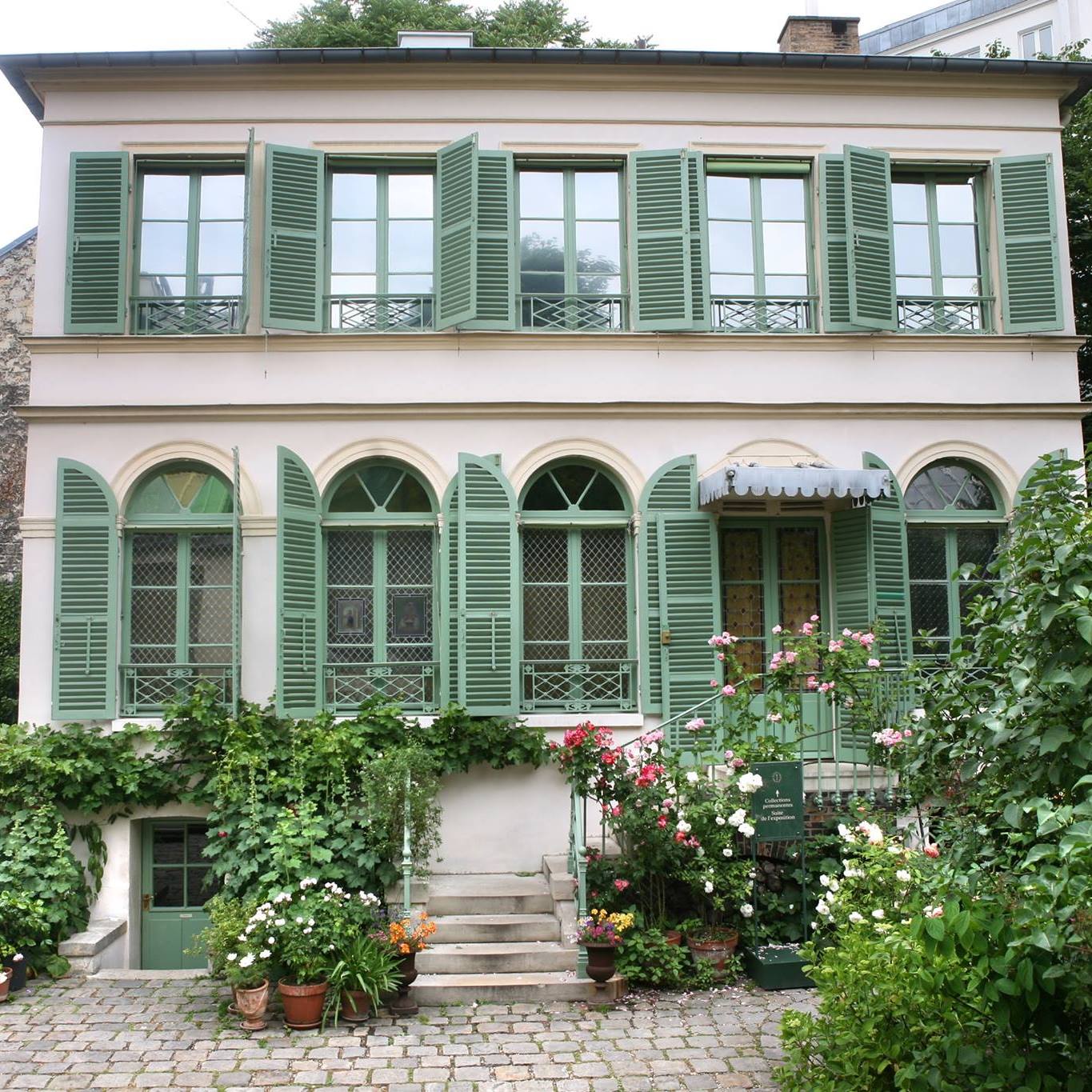
Musée de la Vie Romantique / Facebook
Musée de la Vie Romantique
Down a shady path leading to the former Scheffer-Renan home, now housing the Musée de la Vie Romantique, a lush garden awaits the visitor. Rosebushes, lilacs, and a sea of violet bellflowers both enchant and hint at the importance of flowers in 19th century life. The former garden grotto, designed by Émilie Bonaventure, is home to a café run by the renowned Rose Bakery, and excellent example of reconverting a historic space into a temple of healthy treats.
16, rue Chaptal, 75009 Paris
Musée de Montmartre
Perched on the crest of the hill, just a stone’s throw from Place du Tertre, the Musée de Montmartre and its three gardens charm visitors to this historic site. The gardens are dedicated to the memory of Auguste Renoir, who had a studio in the complex in the 1870s. Boasting heritage roses and fruit trees, the gardens feature an abundance of other flowers, notably iris and peonies, inspired by Renoir’s paintings. One the three gardens includes a soaring view over the Clos Montmartre, the largest vineyard in Paris with over 1,700 vines. Since 1934, these have been celebrated every October during la Fête des Vendanges de Montmartre. Overlooking the main garden is the Café Renoir, where you can savor sweet and savory dishes before visiting the studio of the other artists who lived on this site: Suzanne Valadon and her son Maurice Utrillo. The Museum is included in our Montmartre tour, learn more about it at this link.
12-14, rue Cortot, 75018 Paris
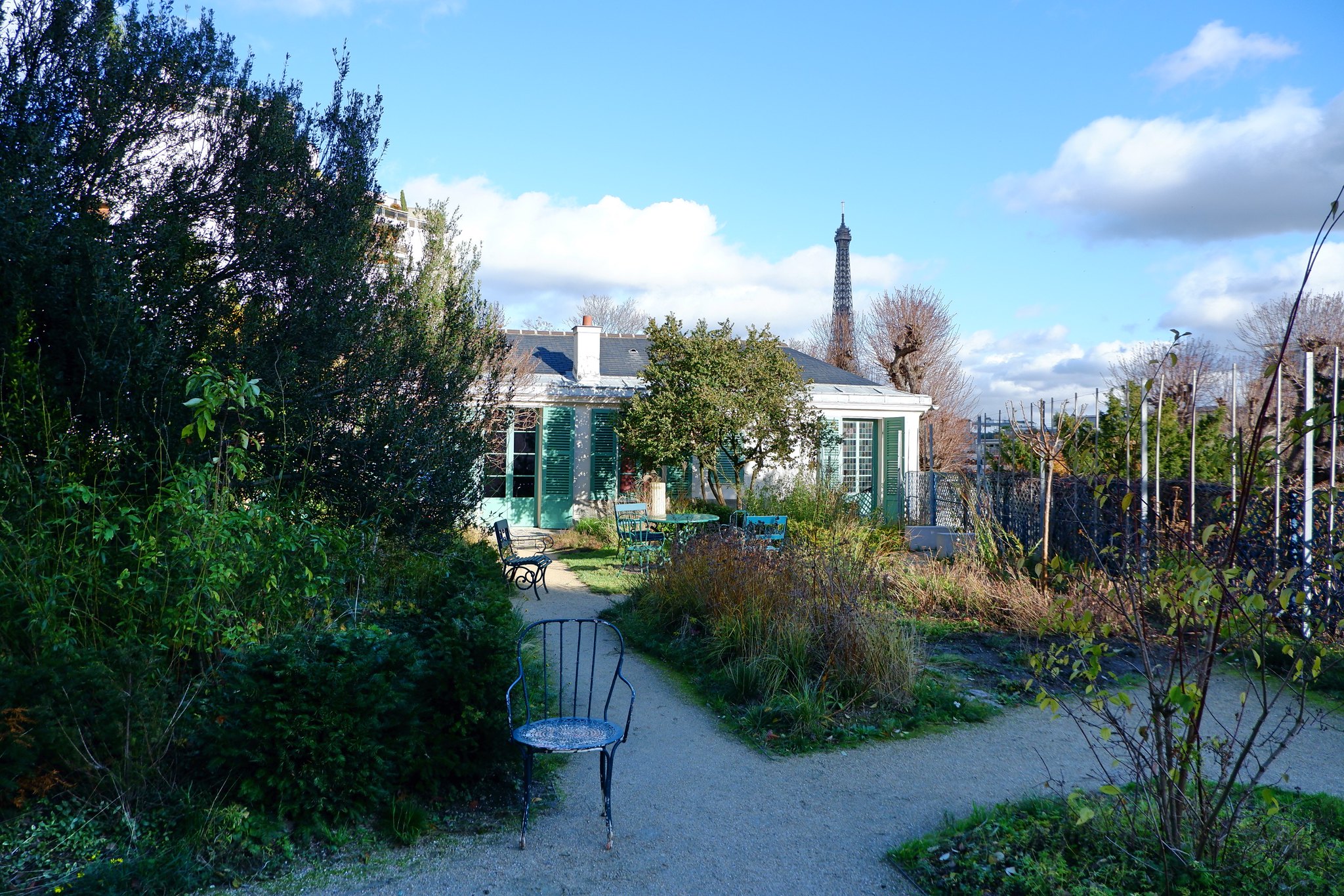
Maison de Balzac
Maison de Balzac
Hidden from view on the Passy hill in western Paris, Honoré de Balzac’s former home and gardens are an emerald anomaly. The writer lived there between 1840 and 1847 to escape the debt collectors and write part of the Comédie Humaine. His personal belongings are on display beside works annotated by the author. Peppered with linden and fruit trees, the graceful garden spans almost 7,000 square-feet. It also hosts a Rose Bakery café, where you can pick up a teatime treat to be enjoyed in the garden along with splendid views of the Eiffel Tower.
47, rue Raynouard, 75016 Paris
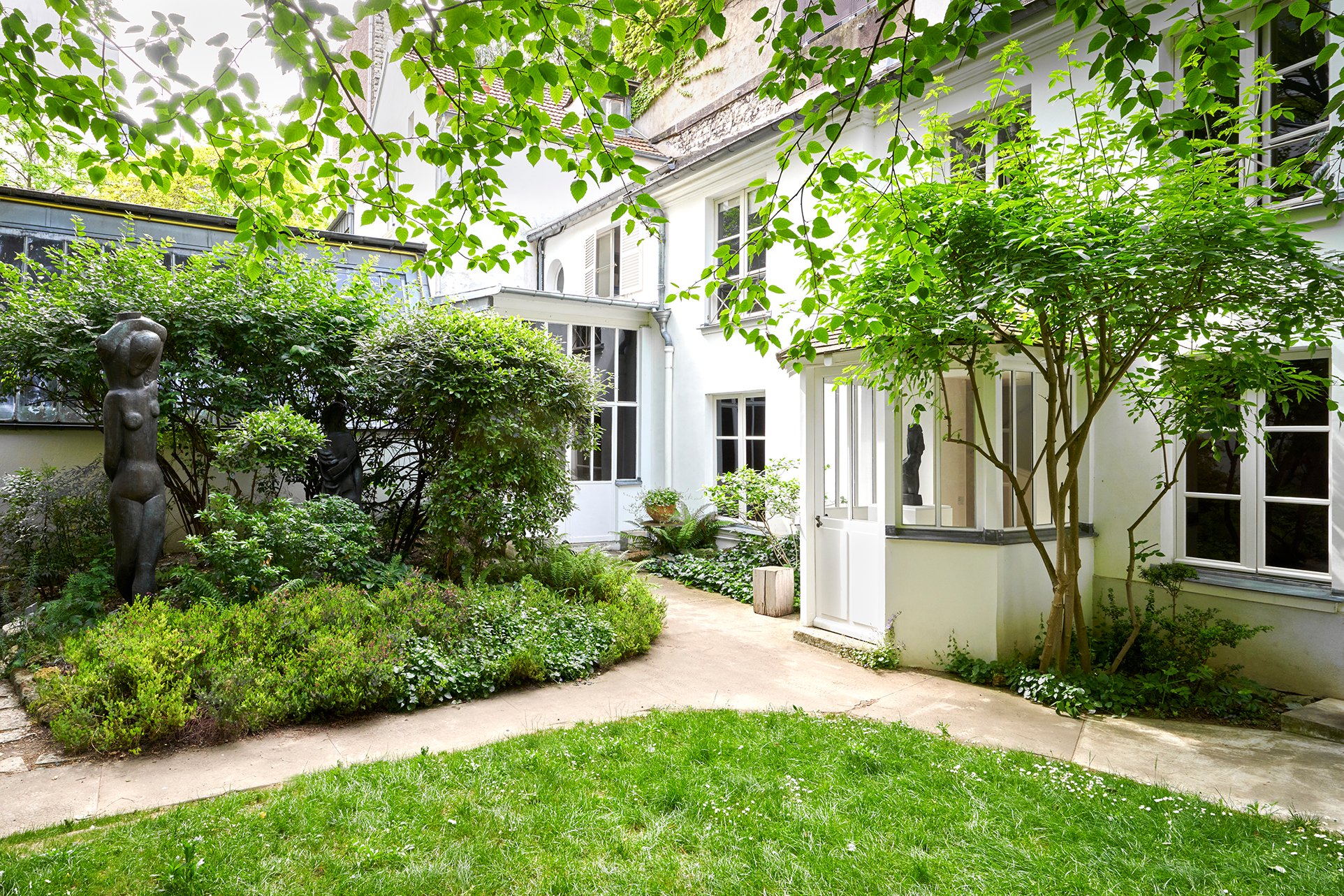
Musée Zadkine / Facebook
Musée Zadkine
A quiet street off of rue d’Assas hides a little-known Zadkine Museum, the former house and studio where one of the masters of cubism lived between 1928 and 1967. Bathed in light, the gallery spaces and glass front overlooks a pastoral garden. The small garden, where several of the artist’s work are nestled amidst the greenery, is an oasis of calm and little visited gem.
100, bis Rue d’Assas, 75006 Paris,
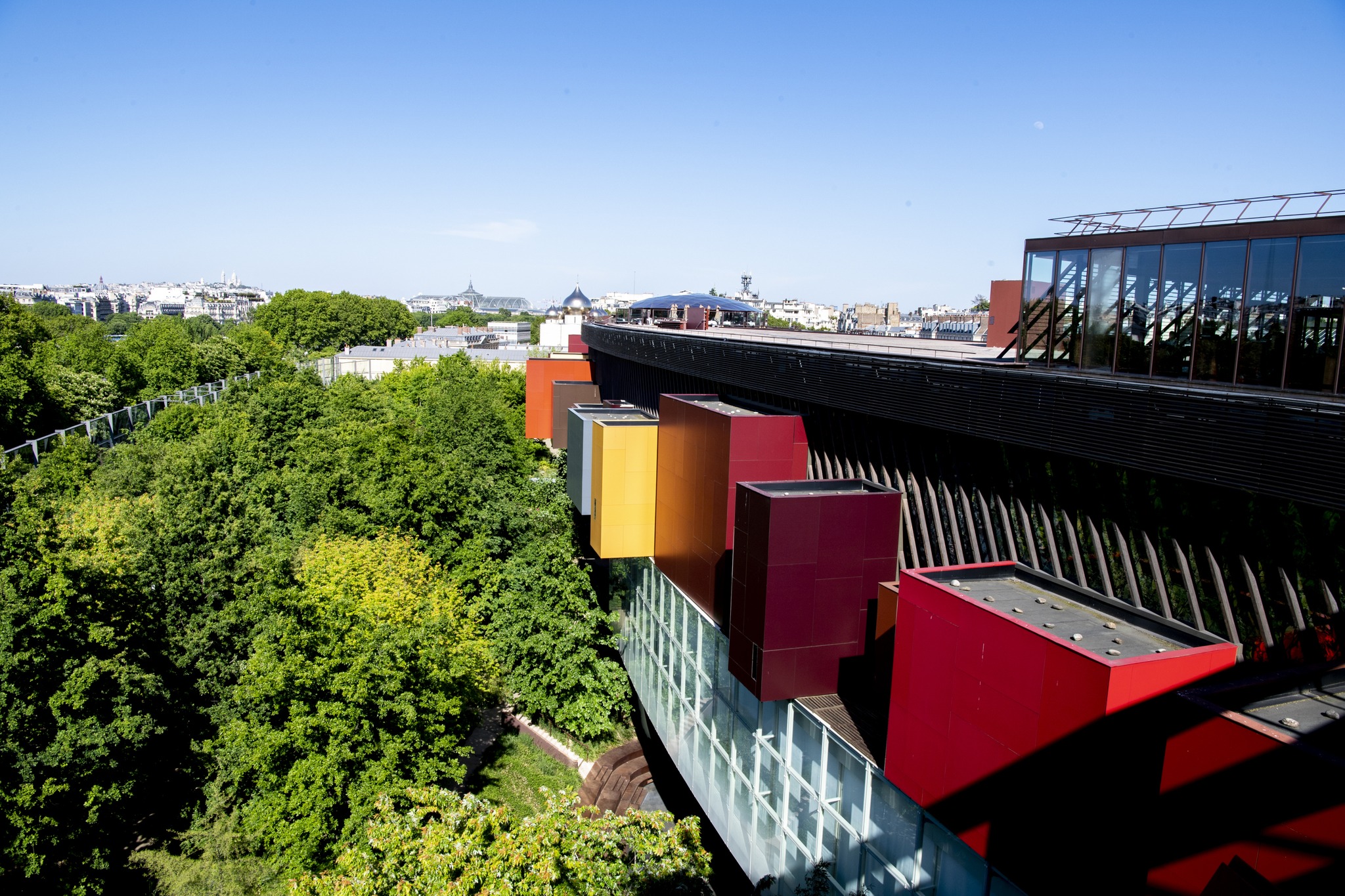
Musée du Quai Branly – Jacques Chirac / Facebook
The Musée du Quai Branly – Jacques Chirac
Wondering where to go after a visit to the Eiffel Tower? Located on the banks of the Seine, the Musée du Quai Branly – Jacques Chirac exhibits 3,500 works of art from Africa, the Americas, Asia and Oceania. Its original and imposing architecture was designed by famed French architect Jean Nouvel and includes a green wall by botanist Patrick Blanc. The garden, created by the ecologist-landscape architect Gilles Clement, who also designed the nearby Parc André Citroên, promotes an ecological naturalism. Clément uses no chemicals, no supplemental watering and no noisy, energy-wasting machinery. To complement the museum’s collections, his design is dominated by grasses. Extend your visit with a snack at Café Jacques, found within the garden, or a more sophisticated meal at Les Ombres, the museum’s rooftop restaurant which has panoramic views of la Tour Eiffel.
Interested in combining art and gardens on your next trip to Paris? We have a range of tours designed to achieve this. Read more about them here or contact us to plan the perfect tour to suit your interests.

